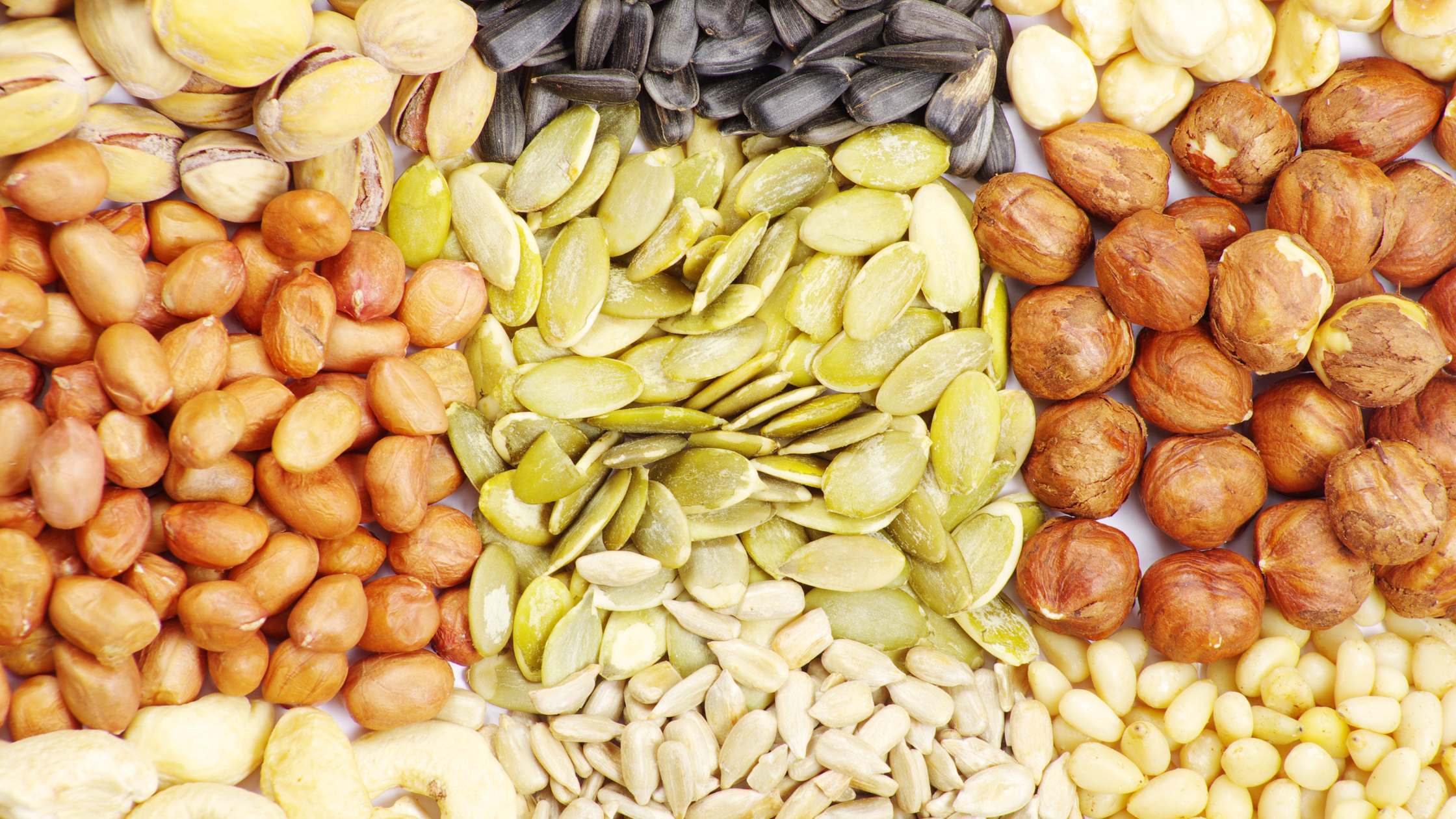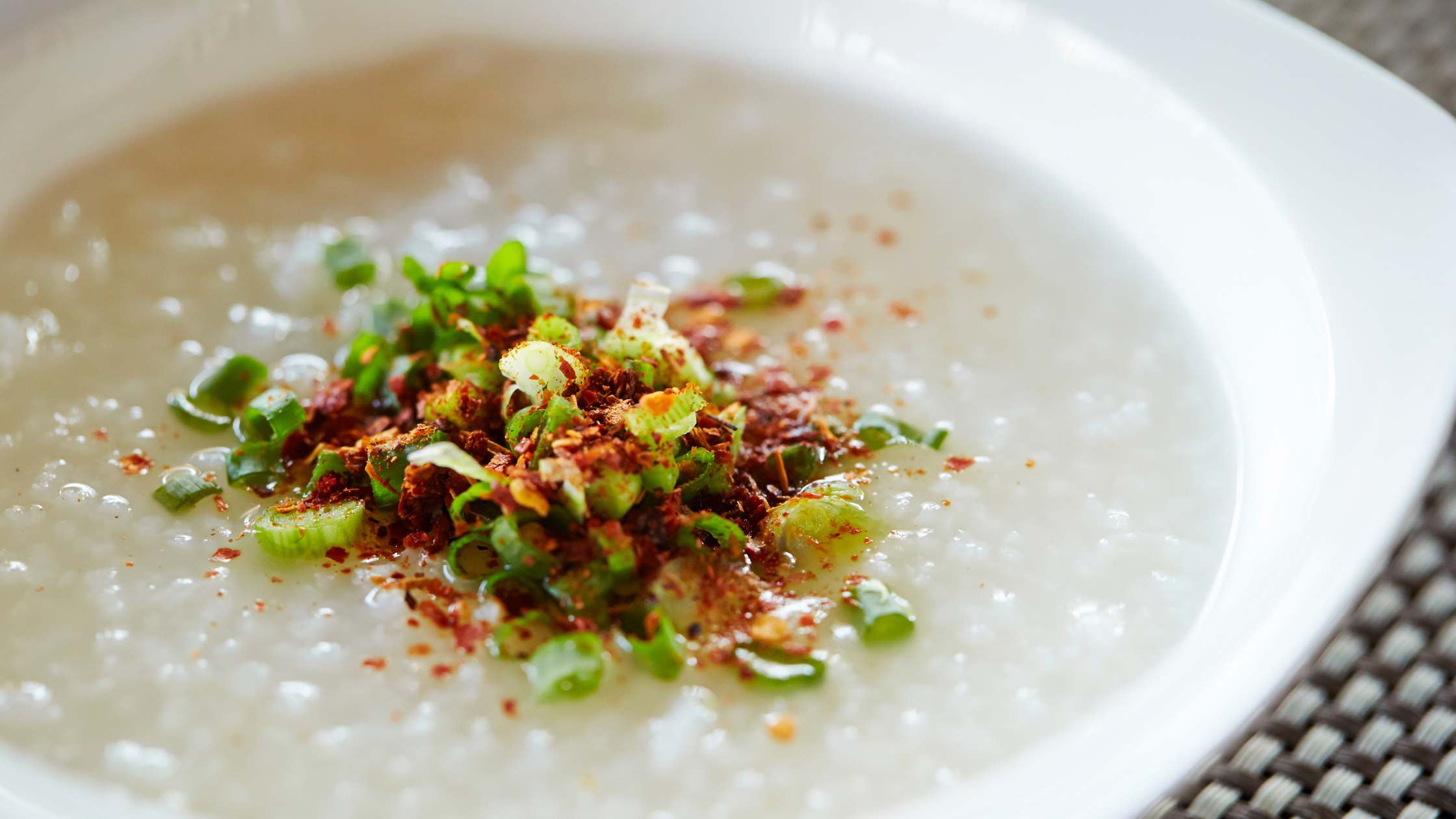Are you suddenly in a position where you have to feed yourself with only one arm? You are not alone, millions of adults are impacted by fractured wrists, shoulder tears and other arm injuries each year. And not all of us have the luxury of having someone else to cook for us or being able to order in all of our food.
I found myself in this conundrum last year after I fractured my wrist. Being put in a cast for 6 weeks, living alone and not having anyone to help out day-to-day was scary at first. I knew nutrition would be a key part of healing, but would I be stuck eating sandwiches every day?
With a little creative problem-solving, I was surprised how much I could make – using my non-dominant hand, no less. Hopefully these tips make your journey smoother and will help you eat real nutritious food during your recovery. If you come up with your own inventive strategies during your journey, share them as a comment below!
First, set your expectations:
- Expect everything to take twice as long.
- Think through your entire plan first. You may be able to start boiling pasta, but will you be able to drain it later?
- You may have to spend a little more than usual on some convenience products like pre-cut and washed veggies, parchment paper or hard-boiled eggs.
- You may decide to flex on some of your diet “rules”. For example, I usually avoid/limit dairy on principle (not due to a sensitivity) but found myself relying on cheese cubes and yogurt just to get enough calories.
- Unless you have nothing to do all day but cook (and you are probably supposed to rest with your arm elevated at some point, right?) you may need to rely more on snacks than usual.
Tips to make things easier:
- Use parchment paper on baking sheets for easy cleanup. Scrubbing one handed is comical but not that effective.
- Use paper plates, if you don't have a dishwasher.
- Keep your pans or dishes from getting too heavy, so you can easily get them out of the oven or fridge with one hand.
- Unless you’re good at cracking an egg with one hand, keep some liquid egg in a carton on hand.
- Get an electric can opener.
- Leave your Instant Pot out on the counter (if you have one) so it is accessible.
- Bake a potato or sweet potato in foil or parchment so that you don’t have to cut it.
- You can lay herbs, green onions, bacon, and other things that aren’t too hard on a cutting board and hold scissors vertically to cut them into smaller pieces.
Avoid planning dishes that require:
- Cutting round, hard slippery items like onion or winter squash. Both of these can be purchased, peeled and chopped at many grocery stores.
- Scooping the edges of a bowl (at least until you can steady the bowl with your other arm. Otherwise, you’ll just be pushing the bowl/container around the counter).
- A fork and knife to eat, like cutting meat off a bone or a whole chicken breast.
- Opening new jars.
- Boiling pasta or potatoes because these are difficult to safely drain.
- Lifting heavy, hot items out of the oven (like a casserole).
- Peeling fruit or veggies.
Easy snacks to stock up on:
- Pre-hard boiled and peeled eggs
- Cheese cubes and or sliced cheese
- Cottage cheese
- Snap peas
- Baby carrots
- Baby tomatoes
- Pre-cut, prewashed cauliflower and broccoli
- Apples (eat whole)
- Bananas (easier to pop open with one hand from the bottom end)
- Grapes
- Sliced salami
- Olives
- Collagen powder to add to your coffee or tea
- Nuts and pumpkin seeds
- Jerky
- Deli meat
- Prepared seaweed salad
- Kimchi or other fermented veggies (assuming you can open the container)
- Green smoothies with pre-washed baby greens, protein powder, and frozen fruit. Add MCT oil or even olive oil if you are struggling to maintain weight.
- Sipping broth
- Sesame seeds. Not really a snack in itself, but try to eat 1-2 tablespoons of sesame seeds per day for the calcium. This is a tip I got from Mira after doing a Micronutrient Test consult.
Skip the single-serve yogurt! Or try it and have a good laugh like I did as you are pushing the cup around the counter with your spoon.
Can you get some support on the weekends just not during the week?
If you can have a friend come and help you meal prep once in a while – make some hearty stews, egg muffins and meatballs – all easy to portion into the freezer and reheat later with one arm.
5 meal ideas that can be prepared with one arm
Oven-baked chicken/fish and vegetables
Chicken tenders and fish filets are small enough to cook at the same rate as many vegetables and are relatively easy to eat with just a fork.
You can get pre-washed and cut veggies like cauliflower, broccoli and zucchini at most grocery stories. You can use your hand to snap asparagus into bite-size pieces. Use a knife or scissors to cut mushrooms into half or quarters.
Add the veggies and a couple of chicken tenders or a fish fillet to a parchment lined baking sheet and season everything with salt and a spice blend or miso paste and a drizzle of oil.
Bake at 350 for approximately 10-12 min or until the meat is cooked.
2. Comforting Congee
Instapot method:
Add ¾ cup jasmine rice and 6 cups bone broth (use rich sipping broth or bone broth not just stock) to the Instapot and cook on high pressure for 20 min followed by natural release of pressure. Makes about 4 portions, so portion remainder into bowls for reheating later (it will thicken over time, add water to reheat).
Rice cooker method:
If your rice cooker has a porridge setting, you can make ¼ cup rice at a time. Fill to the porridge line with broth.
Note: there are other methods, but these are the easiest
Season with toasted sesame oil and or tamari. Serve with seaweed salad, dried shrimp, green onions, egg or other toppings as desired.
3. Simplified split pea soup
- Use scissors to chop bacon into ½ or smaller pieces.
- In a relatively heavy pan (so it doesn’t slide around when you are stirring/serving), render the bacon for about 5 minutes.
- If you can get pre-chopped onion, add about ½ cup and cook until the onion is translucent. It’s ok if you skip this. I did chop an onion one handed, but it was dicey – pun intended.
- Add a bag of split peas, 1 carton chicken or vegetable stock plus 2 cups of water.
- Add a teaspoon of salt and 2 tablespoons of curry powder (any type).
- Chop and add 2 stalks of celery and a carrot, if you can.
- Simmer about 40 minutes, stirring occasionally until the soup is smooth. Add more water if necessary so it is your desired thickness and taste for salt.
4. Steak salad
Pan cook a steak and once it has rested on a cutting board, roughly chop it with your sharp knife. Now you can use it to top a salad of pre-washed greens and/or enjoy it with your foil-baked potato.
5. Hot-pot inspired soup
Bring 2 cups of stock to a boil. Season with 1 tablespoon fish sauce or tamari. Add mushrooms, broccoli, or whatever veggies you like. Can add vermicelli noodles at this point as well. Allow to return to a boil and then add desired protein. For protein you can try shrimp or the very thinly sliced frozen meats you can buy at an Asian grocery store. These both cook almost instantly after adding them to the boiling broth, so you can turn the heat off and let it coast. Taste and add more seasoning if desired.
This is a guest post by Erin Knight, FDN-P of www.EngineeringRadiance.com





